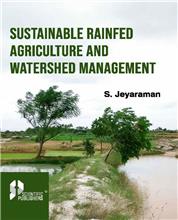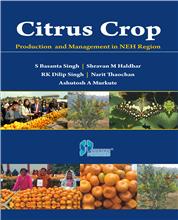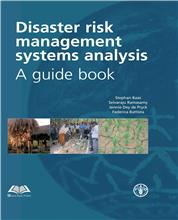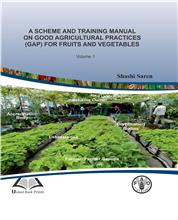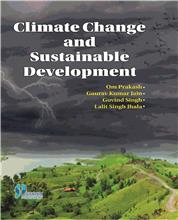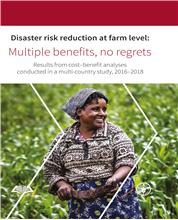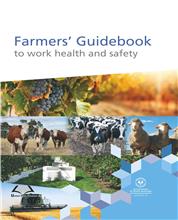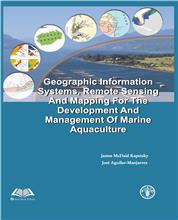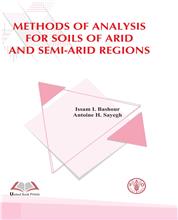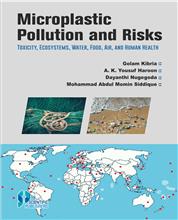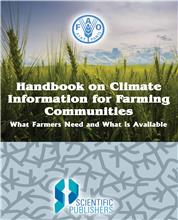Preface
xi
Foreword
xiii
Introductory
Notes xvii
PART
I - BASIC DISASTER MANAGEMENT ASPECTS
Chapter
1 The Significance of Disaster 3
The
Traditional Disaster Threat 3
The New
Disaster Threats 4
The
Geography of Disaster 5
The Modern
Loss Factor 6
Major
Aspects of Significance 6
Chapter
2 The Disaster Threat 9
The
General Effects of Disaster 10
Outlines
of Individual Disasters 10
Process of
Defining the Disaster Threat 21
Use of
Disaster Threat Information 22
Chapter
3 National Disaster Management Policy 25
Clear
Definition of National Policy 25
The
Process of Policy Definition 26
Main
Elements of National Policy 29
Arrangements
for Monitoring and Review 31
Chapter
4 Major Requirements for Coping with Disaster 35
Scope of
Disaster-Related Action 35
The
Philosophy for Coping with Disaster 36
Foundation
Factors 37
Organization
37
Planning
41
Use of Resources
43
Specialist
Skills 45
Training
Needs 46
IV Disaster Management
Chapter
5 The Disaster Management Cycle 49
The
Disaster Management Cycle 49
Composition
of Main Activities 51
Application
to Practical Disaster Management 56
Chapter
6 Disaster and National Development 59
Disaster
and the National Image 59
The Impact
of Disaster on National Development 62
National
Development and Disaster
Management
Policy 66
Chapter
7 Disaster Legislation 71
The Need
for and Value of Legislation 71
Main Areas
Covered by Legislation 72
Sample
Draft of a National Disaster Act 73
Chapter
8 Counter-Disaster Resources 81
Types of
Resources 82
Evaluation
of Resources 84
Roles and
Responsibilities of
Resource
Organizations 86
Annex: Military Forces in the Counter-Disaster Role 94
Chapter
9 International Disaster Assistance 101
Modern
Concept of International Disaster
Assistance
101
Types of
International Assistance 102
Sources of
International Assistance 104
Arrangements
by Recipient Countries 105
Local
Problems Arising from International
Assistance
108
The
Relationship between Donors and Recipients 109
Chapter
10 Leadership in Disaster 111
Leadership
under Crisis Conditions 111
Some
Ramifications of Political Leadership 113
Leadership
in the Direction of Response Operations 116
Leadership
in Resource Organizations 118
Community
Leadership 119
Some
Leadership Attributes and Desirabilities 120
Contents V
Chapter
11 Organization 125
Factors
Affecting Organizational Systems 125
Organizational
Components 129
Organizational
Structures 138
Chapter
12 Plans 145
The Need
for Counter-Disaster Plans 146
Some
General Considerations Applicable
to
Planning 146
The Format
of Plans 150
The
Planning Process 152
Critical
Areas in Planning 154
Aspects
for Consideration during Planning 161
Annex: Suggested Outline for a Main Action Plan 170
Chapter
13 Use of Resources 173
The Need
for Optimum Use of Resources 174
Functional
Requirements of Resource 176
Organizations
Management
of Resources for Optimum 178
Effectiveness
Activation
of Resources 180
Graduated
Response 182
Commodity
Management 183
Annex: Suggested Format for Standard 185
Operating Procedures
PART
II – LONG-TERM MEASURES
Chapter
14 Prevention 191
The Need
to Consider Disaster Prevention 191
Problem Areas
in Prevention 192
Positive
Approaches Toward Prevention 193
Resources
Relevant to Prevention 195
Chapter
15 Mitigation 197
Guiding
Principles of Mitigation 199
Examples
of Mitigation Measures 200
Problem
Areas in Mitigation 200
Requirements
for Effective Mitigation 202
Major
Mitigation Components 203
Resources
Relevant to Mitigation 207
VI Disaster Management
Formulation
and Implementation of 209
Mitigation
Programs
PART
III – MAJOR FACTORS PRIOR TO DISASTER IMPACT
Chapter
16 Preparedness 213
The Nature
of Preparedness 214
Some
Problem Areas in Preparedness 214
Summary of
Preparedness Needs 216
Maintenance
of Preparedness Levels 220
Funding
223
Warning
Aspects 224
Precautionary
Measures Prior to Disaster Impact 224
Resources
Relevant to Preparedness
Arrangements
227
PART
IV – RESPONSE TO DISASTER IMPACT
Chapter
17 Response 231
Important
Characteristics of Response 232
Some
Problem Areas in Response 234
Requirements
for Effective Response 237
Follow-on
from Response Operations 246
Human
Factors in Response 248
Resources
Relevant to Various
Aspects of
Response 249
Annex: Notes on Evacuation 251
Chapter
18 Logistics 259
General
Description of Logistics 259
The
Importance and Place of Logistics
in
Disaster Management 260
Response
Aspects 260
Recovery Aspects
264
Preparedness
Requirements 265
Management,
Administrative, and Accounting
Considerations
269
Contents VII
PART
V – MAJOR POST-IMPACT FACTORS
Chapter
19 Recovery 275
Key Points
from Disaster Analysis 276
Transfer
of Responsibilities from Response
to
Recovery 276
Continuation
of Response Activity 277
The Basis
for Recovery Action 278
Problem
Areas in Recovery 278
Major
Requirements for Effective Recovery 279
Human
Factors in Recovery 285
Resources
Relevant to Recovery Programs 288
Projection
of the Recovery Process 289
Chapter
20 Post-Disaster Review 291
The
Importance of Post-Disaster Review 292
Reasons
for Omission of Post-Disaster Review 292
Aspects
Covered in Post-Disaster Review 293
Major
Investigations into Disasters 293
Use of
Results 294
PART
VI – DISASTER MANAGEMENT SUPPORT REQUIREMENTS
Chapter
21 Training 297
Individual
Country Requirements 298
The Need
for Training 298
Training
Policy 299
Types of
Training and Trainee Categories 299
Implementation
of Training 301
Public
Education 304
Annex: Examples of In-Country Training Programs 305
Chapter
22 Public Awareness 307
The
Importance of Public Awareness 308
Responsibility
for Public Awareness Programs 309
Main
Aspects of Programs 310
Information
Format 311
Information
Channels 312
Organization
of Programs 312
Effectiveness
of Information 313
Maintenance
of Awareness Levels 313
VIII Disaster Management
Chapter
23 Research 315
The Extent
of Modern Disaster-Related Research 315
The
Importance of Research 317
Practical
Use of Research Information 318
APPENDIXES
Appendix
A Vulnerability Analysis 323
Appendix
B Warning and Warning Systems 333
Appendix
C Survey and Assessment 343
Appendix
D Examples of Disaster Legislation 355
Cook
Islands 355
Papua New
Guinea 365
Queensland,
Australia 375



